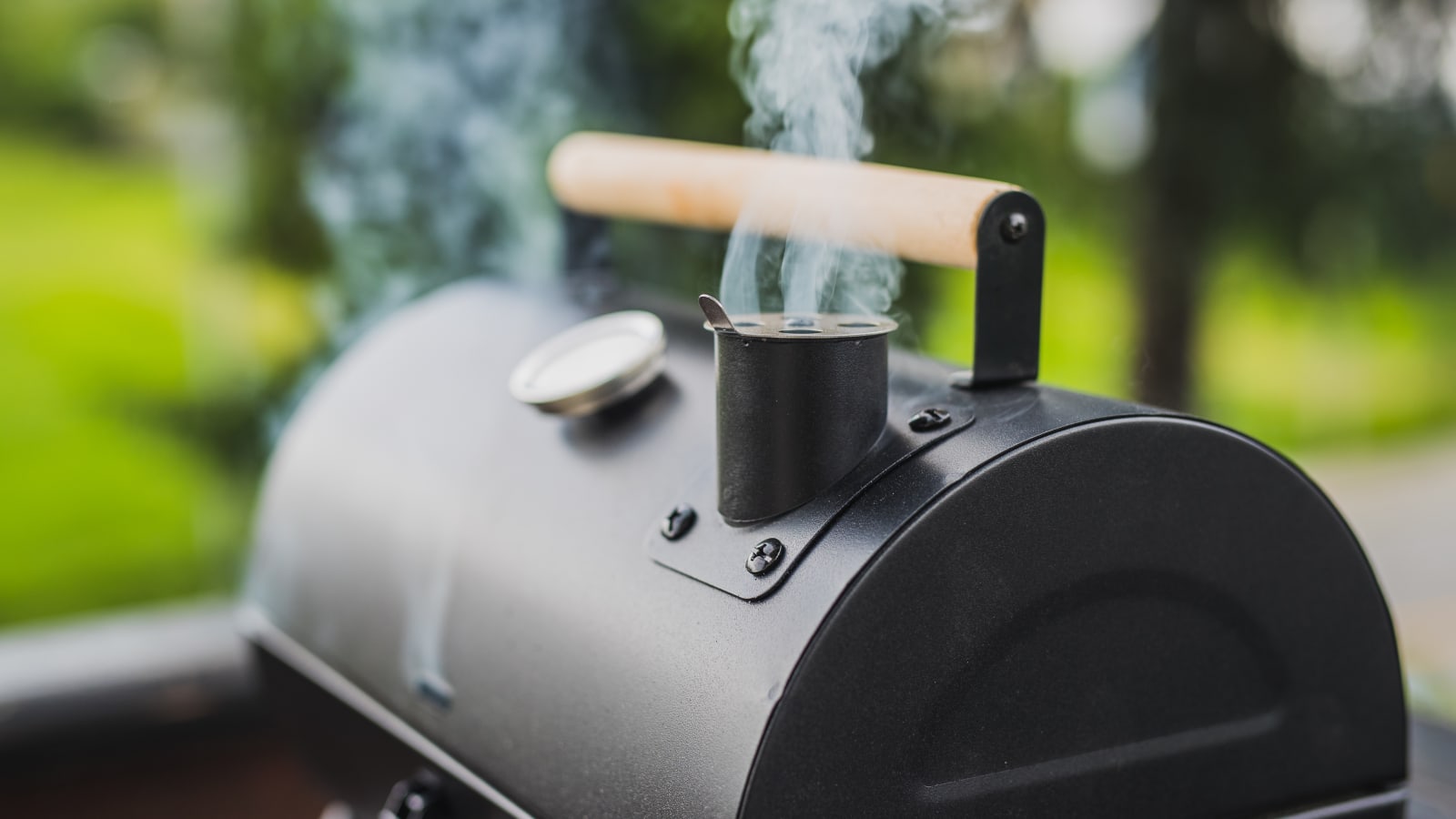
Smokefire Ex4 and Smokefire Ex6 Comparison - Updated with 2nd Generation
Published: February 22, 2024 (Last Modified: May 25, 2024)Weber has discontinued the Smokefire Series, and replaced it with the Weber Searwood Series of Pellet Grills. Read our Searwood Introduction and Searwood Comparison
Weber has made its foray into the pellet grill and smoker market with the introduction of the SmokeFire EX4 and SmokeFire EX6 models. However, the initial launch was met with significant challenges, leading to dissatisfied customers and product returns, including my own experience with the SmokeFire EX6. Despite these setbacks, Weber embraced the feedback, addressing the concerns head-on, and subsequently released the improved SmokeFire EX4 2nd Gen and SmokeFire EX6 2nd Gen models.
The primary concerns with the first generation centered around two main issues:
1. Pellet Hopper Design: The original design of the pellet hopper lacked a sufficient angle, failing to guarantee a steady flow of pellets into the auger assembly. This flaw was particularly problematic during extended cooking sessions, often requiring manual intervention to push the pellets. To rectify this, the angle of the hopper’s slope was increased by 33 degrees. This adjustment significantly reduced pellet buildup and the occurrence of "tunneling," where a void forms in the hopper directly above the entry to the inclined-drive auger, disrupting pellet delivery.
2. Inclined Auger Assembly Durability: With frequent use, the components of the inclined auger assembly were prone to wear and tear, leading to operational failures. The solution involved enhancing the durability of the inclined-drive auger's seal or grommet to prevent jams.
Additionally, Weber implemented quality-of-life improvements, including updates to the glow plug and the heat distribution fan. Changes were also made to the shutdown process to reduce sawdust accumulation in the hopper and auger assembly, further enhancing the user experience and reliability of these models.
What are the differences?
Delving into the nuances between the SmokeFire EX4 2nd Gen and SmokeFire EX6 2nd Gen reveals that size and cost are the pivotal differentiators.
Cooking Capabilities and Capacity
Both models boast a versatile 200-600 degree Fahrenheit temperature range, allowing for both the high heat needed for searing meats and the low, steady temperatures ideal for smoking. The distinction in cooking space is substantial:
- The EX6 2nd Gen offers a generous 1,008 square inches of total cooking area, with a 432 square inch primary cooking space.
- The EX4 2nd Gen provides a more compact 672 square inches, including the same 432 square inch main area.
Choosing the right model depends on your cooking needs: the EX4 can accommodate up to 13 hamburger patties, while the EX6 can fit up to 20, making the latter more suited for larger gatherings.
A notable feature carried over from Weber's gas grills is the inclusion of flavorizer bars. These A-Frame metal structures enhance the grilling experience by vaporizing drippings back into the food or channeling them into the grease management system, enriching flavors and reducing flare-ups.
Control Features
Both units are equipped with a large LCD display and leverage Weber Connect, a smart grilling assistant, offering real-time guidance through two included meat probes (expandable up to four). However, the probes are wired, missing an opportunity for wireless convenience which could have further streamlined the grilling process.
Size, Aesthetics, and Cost
Physical dimensions and aesthetics also play a role in the decision process. The EX6 measures at 55 inches in width and 33 inches in depth, presenting a more proportionate appearance compared to the slightly smaller EX4, which stands at 43 inches wide. While aesthetics are subjective, some may find the EX4's proportions less appealing.
The price difference is notable, with the EX6 being around $300 more expensive than the EX4. This gap equates to nearly 17 bags of pellets, emphasizing the need to weigh cost against benefits.
Making Your Decision
When deciding between the two, consider both the financial investment and the required cooking capacity. For smaller families or those with limited space, the EX4 offers ample cooking area. However, for those who frequently entertain or have larger families, the additional capacity and enhanced proportions of the EX6 may justify the higher price point.
Ultimately, the choice hinges on balancing budget, cooking needs, and personal preference for backyard aesthetics. If faced with the decision myself, I'd lean towards the EX6 for its larger cooking space and proportional design, providing both functionality and visual appeal for any outdoor cooking enthusiast.
Can Weber Beat Traeger?
The debate over whether Weber can outshine Traeger in the pellet grilling arena may no longer be the most pertinent inquiry. Weber has decisively ventured into the pellet grill market, expanding their SmokeFire series to include models like the Sear+ alongside the standard offerings. They've also introduced a new pellet grill lineup dubbed the Searwood.
As an owner of both a Weber Gas Grill and a Weber Kettle, I'm inclined to believe that Weber has firmly established its presence in this space, a sentiment I extend to Traeger as well. Both brands are renowned for their quality and innovation, each bringing their unique flair to the grilling experience.
Ultimately, the more relevant question might be about personal preference: Which brand aligns better with your expectations and requirements?
This decision often boils down to factors such as brand loyalty, cost, and the specific features offered by each model.
Final Thoughts
Weber is a good brand, and Traeger is a good brand, both have deep experience in BBQ, Grilling, and Smoking. Both put out great products. Pick the product that fits within your budget, has enough space to cook, and feels right to you.
